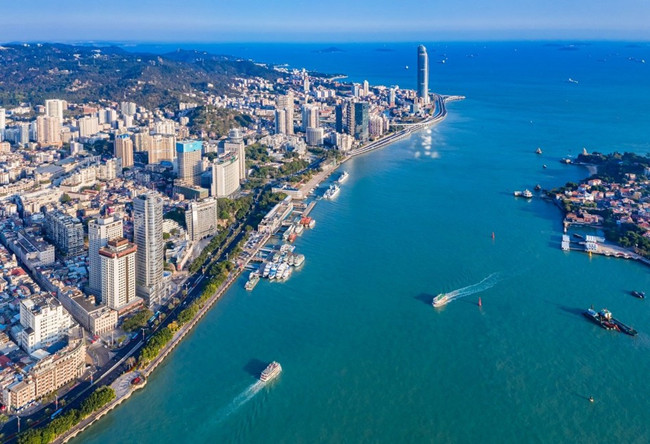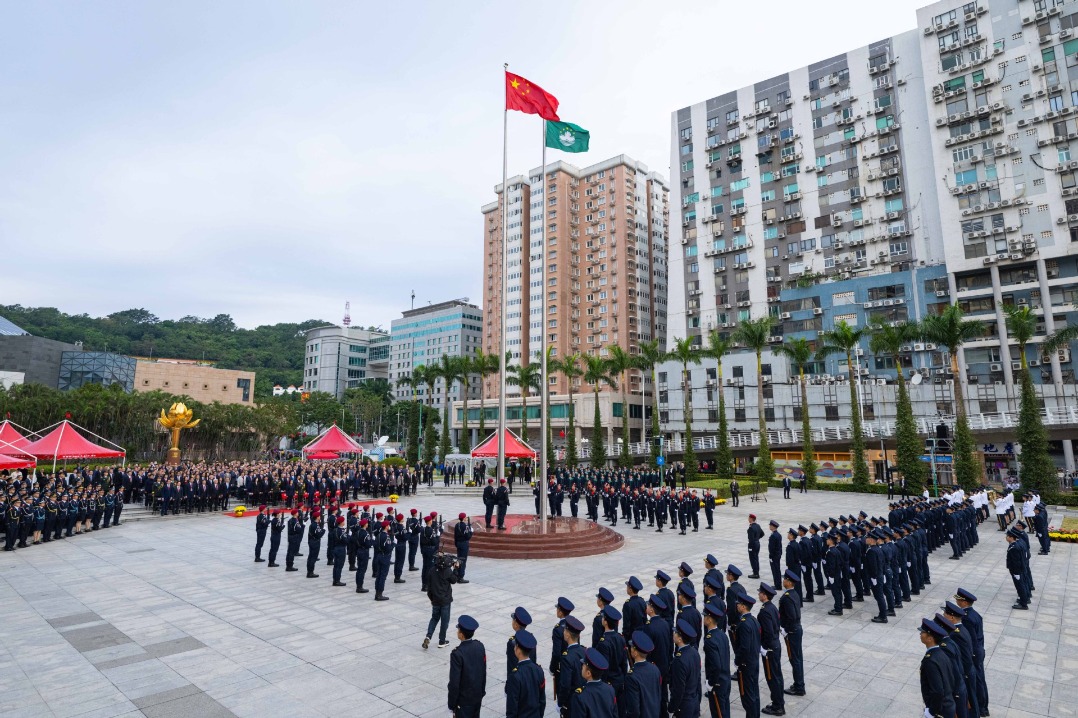Xiamen leads the way in safeguarding lush mountains, lucid waters


The 2021 Xiamen Marathon will kick off on April 10 in Xiamen, East China's Fujian province, just after being rated a 2021 World Athletics Elite Platinum Label race in late February.
The Xiamen Marathon is a part of Xiamen's green development concepts and environmental protection efforts. It became the first marathon in the world to join the UN Environment's #CleanSeas campaign on Jan 6, 2019, and in November the same year, it became the first marathon in Asia to earn the AIMS Green Award.
As one of the top marathons in China, the Xiamen Marathon's success can be primarily attributed to the city's unique natural environment and the local government's continuous efforts to develop an eco-friendly garden city.
Located on the western side of the Taiwan Straits, Xiamen boasts enchanting natural scenery and a pleasant climate and is a popular tourist destination. The Xiamen Marathon course has been hailed one of the most beautiful marathon courses in the world, with the 42.195-kilometer route passing by the best scenery in the city.
Since the Xiamen Special Economic Zone was first established in 1980, the local government has consistently adhered to the philosophy that "clear waters and lush mountains are invaluable assets". More than 140 gardens and over 80,000 hectares of green area have been built across the city, helping it win numerous honors, including the Habitat Scroll of Honor Award, the title of International Garden City, and the title of National Model City for Environmental Protection.
Strong progress in environmental protection
The air quality in Xiamen ranked fourth among the 168 major Chinese cities in 2020. The city also established the first net-zero carbon emission demonstration zone in Fujian province that same year.
This was part of the city's efforts to prevent and control air pollution, which included examining VOC emissions in 103 major companies, overhauling 748 heavily-polluting companies, and reducing flying dust at 180 construction sites.
In addition, government departments spent 114.05 million yuan ($17.40 million) improving the water environment, with 100 percent of water in major water bodies meeting national quality standards. Regular monitoring has also been carried out on 400 marine outfalls, and the city's sewage treatment capacity has exceeded the annual goal of 500,000 metric tons per day.
The city's ecological restoration efforts also proved successful last year. For example, around 83 hectares of mangrove forest were planted, and the city's water loss and soil erosion rate was reduced to 5.44 percent. Its nature reserves were expanded to 13,897.38 hectares, 423.38 hectares more than expectations.
- Five trapped in flooding accident at Heilongjiang coal mine
- Long March 5 rocket deploys tech demo satellite into space
- China launches communication technology test satellite
- Spokesperson warns against aggression toward mainland fisherman
- Lhasa wetland reserve recognized as world's highest altitude wetland
- Chengdu woman sentenced for fatally stabbing neighbor




































